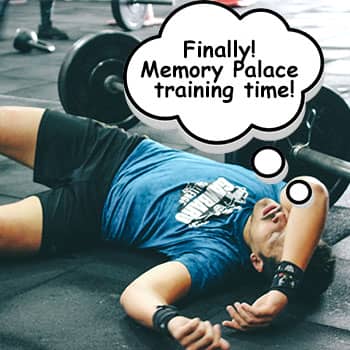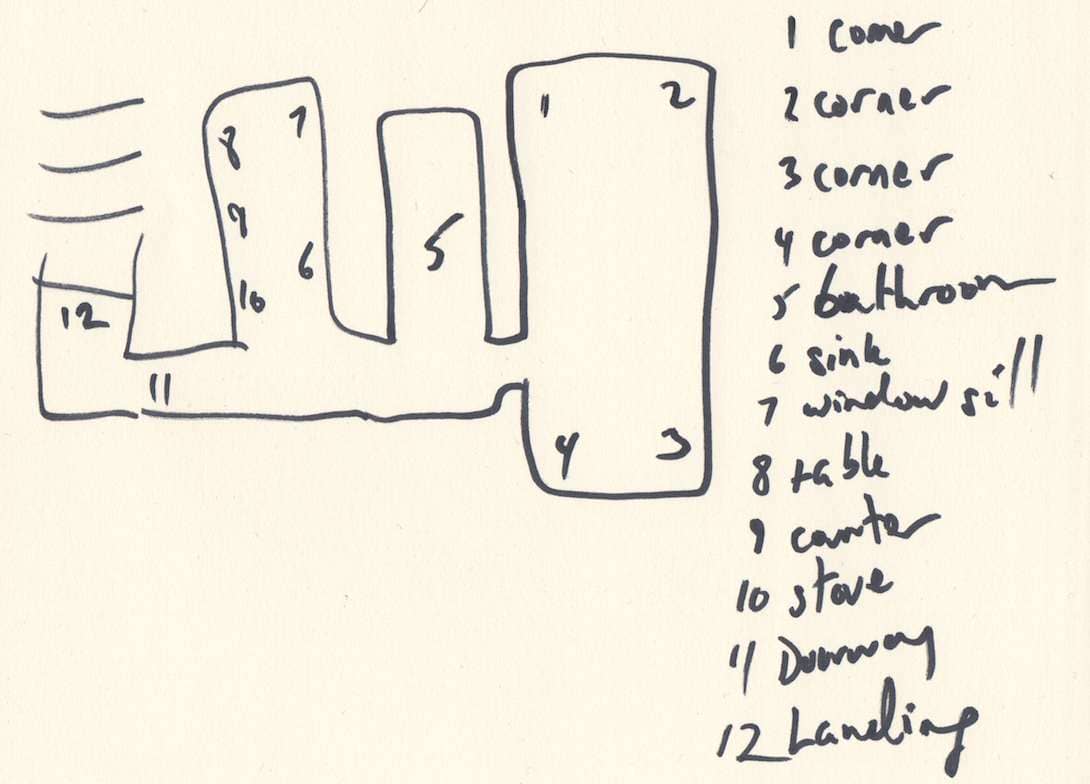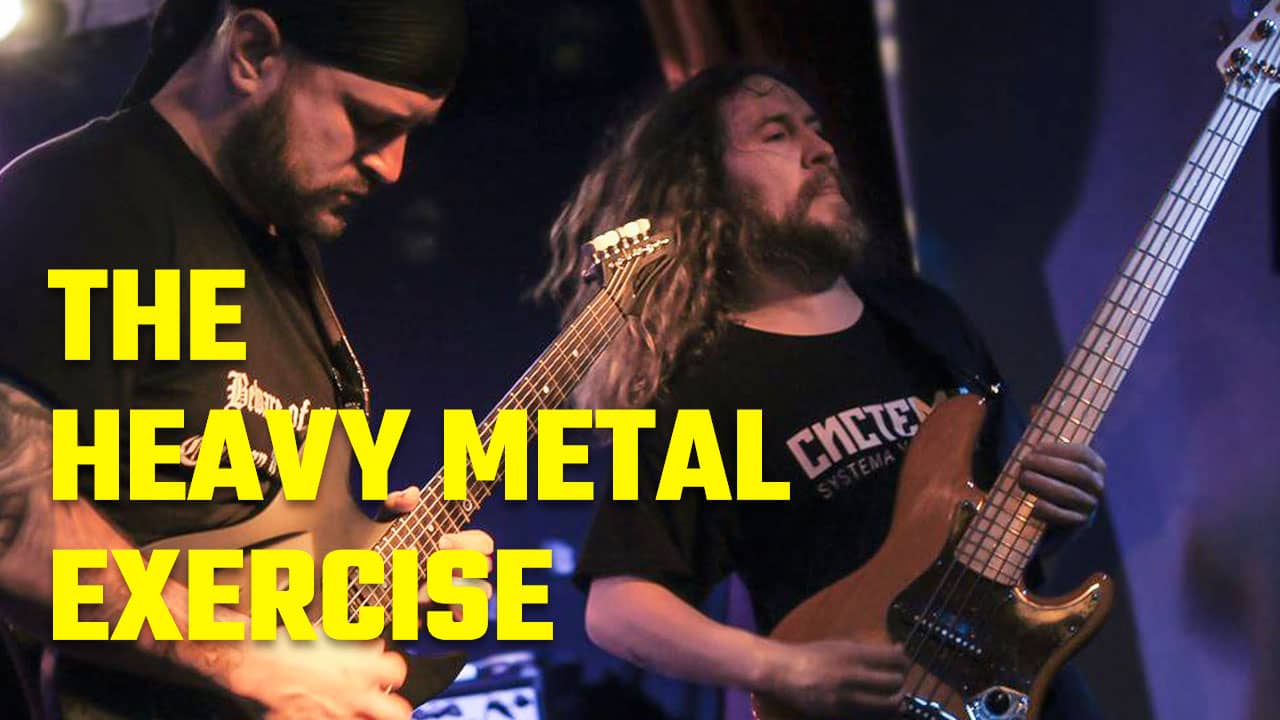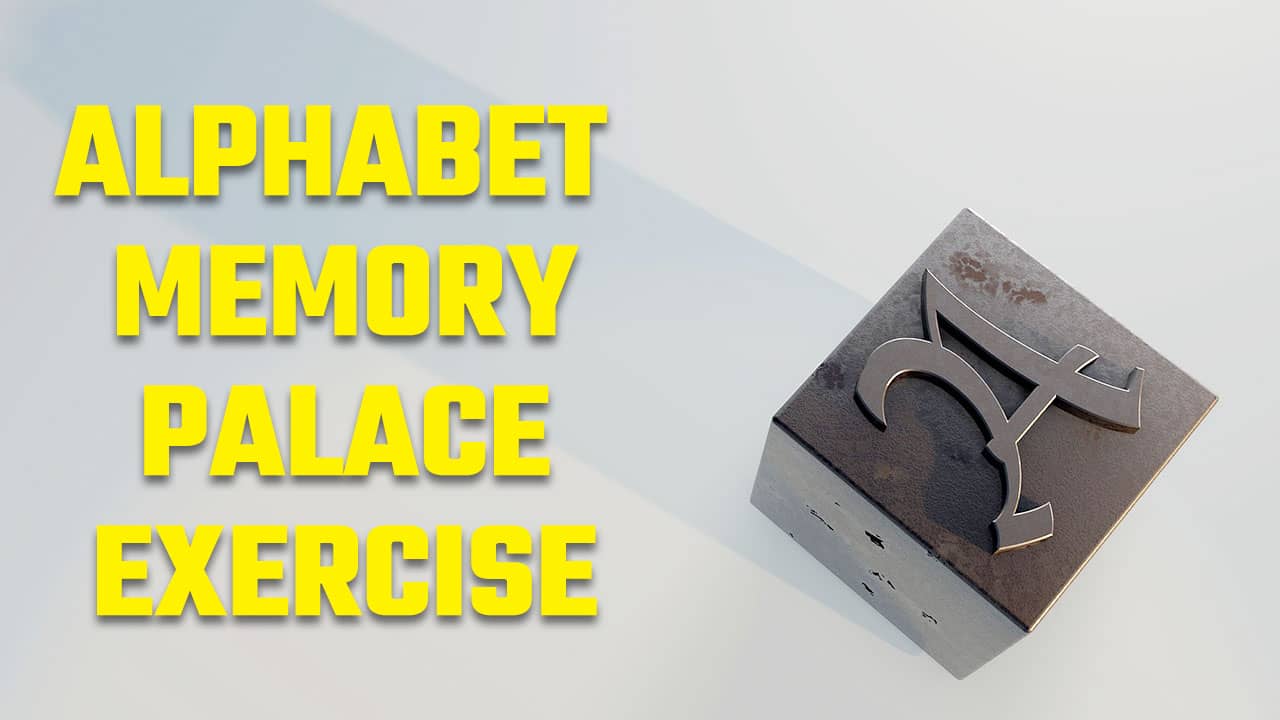Podcast: Download
Subscribe: Apple Podcasts | RSS
 Are you searching for Memory Palace training exercises and an easy way to create your first (or second) Memory Palace Network?
Are you searching for Memory Palace training exercises and an easy way to create your first (or second) Memory Palace Network?
And do you find yourself frustrated by:
- Memory training apps that fail to deliver?
- Endless how-to posts on the Internet that “guarantee” results?
- Memory improvement books that leave you entertained but you still find yourself no closer to using the tools that will help you build your memory?
You know what?
I know it can seem like an endless loop of information when it comes to memory training on the Internet.
It’s almost as if you’re on a hamster wheel, getting no closer to your destination. You may feel discouraged, or worse, ready to give up…
But before you throw your hands up in the air and admit defeat, know this:
The problem isn’t you.
The problem is the “quick fix” methods full of empty promises.
3 Powerful Memory Palace Training Exercises
Before we get into these memory training routines specifically designed for using Memory Palaces, here’s the very good news:.
I have developed these simple Memory Palace training exercises with beginners, intermediate users and expert mnemonists in mind.
And I know these exercises will help you to build an effective Memory Palace Network, even if you’ve never created one before or used a shred of mnemonic imagery in your life. (Scroll down for proof.)
No, the exercises on this page are not a quick fix, hack, or shortcut.
But what you’re about to discover is a simple and proven method that will help you create and implement Memory Palaces so you can:
- Learn the language you always wanted
- Pass your exams with flying colors
- Improve your life by improving your brain heath.
Are you ready?
If so…
Brace yourself for these three, mind-blowingly simple Memory Palace training routines.
1. The Alphabet Memory Palace Exercise
Before we get started, a quick question:
Do you have a Memory Journal?
Keeping a journal is a fun way to help you remember more about your life and can even help your daily productivity.
And let’s be honest, we all need a boost sometimes to be more productive.
I can dedicate (and have) an entire blog post to the benefits of memory journaling, but let’s assume you are keeping a dedicated Memory Journal (and if not, you should).
For the Memory Palace creation exercise, here’s how to get started.
Take your Memory Journal and begin on a fresh page.
Start with the letter A. Ask yourself “Who do I know that has a home whose name starts with an A?”
Remember not to limit yourself here.
Your choice doesn’t have to be a home.
It can be the names of movie theaters, bookstores, or other places that have significant meaning to you.
Be flexible, and let your mind wander.
Progressively move through the alphabet, one letter at a time.
I recommend you continue until you have advanced through all 26 letters, jotting down names and places as you go. The alphabet will help you “walk” spatially through the associations one letter at a time.
Do you have to complete all 26-letters?
No, of course not, at least not in one go.
But I find that most people who complete this exercise need between 1-5 hours to complete it.
At the end, they have a vibrant and robust Memory Palace Network and approaches like the story method suddenly becomes much easier for them. Here are just a few Magnetic Memory Method Testimonials to tell the stories of success in their own words.
Still not convinced you can do this, or should? If so, then check out the incredible science that backs up how and why the Memory Palace technique works.
Example for the Letter A
For example, say your elementary school best friend’s name is Allen.
You can remember Allen’s home fondly, with sleepovers, and Mario Kart tournaments.
And that’s one Memory Palace you can create.
This initial memory produced by thinking of the letter “A” could lead to other memories with Allen:
- Birthday parties at the local skating rink…
- Trips to the local movie theater to see the latest Ninja Turtles film together…
- Rock concerts, etc.

Need more? Here are 5 Memory Palace Examples To Improve Your Memory Training Practice.
You can also see how Kevin Richardson used multiple Memory Palaces for Japanese. He’s not alone either: Sunil Khatri achieved great results when learning Japanese as well, all thanks to exercises like the ones you’re discovering now.
And you know what?
I use these exercises myself.
In this simple example with Allen, for example, I uncovered three new Memory Palaces! All from familiar places I wouldn’t have thought of at all without having completed this exercise.
Summing Up The Alphabet Exercise
Multiple Memory Palaces are available and can be unlocked with each letter of the alphabet. Use your Memory Journal to record these places, then build your networks from there.
As a bonus you’ll exercise your brain with the physical act of writing, engaging over 150 muscles in the process, and your penmanship will improve. Win win.
And if you want to turn this alphabet exercise into a 100-day Memory Challenge, consider using The Freedom Journal.
2. The Teleportation Memory Palace Exercise
Any chance you’re a Douglas Adams fan?
If so, you might be a bit wary of teleportation, as it’s “not quite as fun as a good solid kick to the head.”
Perhaps you prefer teleportation in the style of Doctor Who via transmat. Or maybe it‘s Star Trek’s transporter you prefer.
How about the the good “old fashioned” superior ability of teleportation of the X-Men’s Nightcrawler (my personal favorite)?
In all cases, the concept of teleportation in pop culture is familiar…
(And not just for Sci-Fi fans. Remember Dorothy Gale’s ruby slippers?)
You can harness that same power of teleportation in a practical way. Yes, it’s true.
But first you will need multiple Memory Palaces. This is where the first exercise, and Memory Journaling will be to your benefit.
Teleportation, in this sense, means that when you reach the end of a Memory Palace journey, you will make a logical leap to the next one.
Seek And You Will Find Natural Memory Palace “Bridges”
Just like the adventures with Allen we talked about above, you can find a natural “bridge” between two Memory Palaces.
For example, when I think about yet another Allen I know, he has a niece named Sophie.
Sophie and I were in a class with (yet) another Alan in high school. Now that classroom can “bridge” naturally with the original Allen’s home. It’s a simple matter to “teleport” between them.
Then, the more I think about this Alan and his character, the more my episodic memory gets valuable exercise. Autobiographical memory gets a boost as well. Yours will too.
If you can’t find a simple way for two Memory Palaces to relate, once again, move in a linear fashion through the alphabet.
But for practice and the benefit of this activity (which is also great brain exercise,) list in your “teleportation associations” in your Memory Journal.
Chances are, you’ll be able to come up with dozens in a very short period of time.
Remember:
Be flexible. Allow your mind to flow from one Memory Palace to the next. It’s easier than you think.
3. The “Heavy Metal” Exercise
Even though we’re talking about easy memory exercises, this is important:
Challenge yourself.
Why?
Think of memory training in the context of physical exercise.
Then think of elite level bodybuilders.
Are they able to “bulk up” without adding more weight to their routines?
Of course not.
They cannot build strength or mass without increasing the challenge of weight or number of reps.
With that in mind, think of your memory training as exactly what it is: training.
You cannot expect to improve your mental elasticity without constantly challenging yourself.
You just need to make sure you’re pushing your limits in a healthy way.
To do this, add barriers to your memory training.

Example of the Heavy Metal Exercise
Here’s how:
Go to a noisy café or listen to loud music. Or combine the two by listening to loud music in a cafe.
Actively allow yourself to be in an environment full of distractions as you travel through your Memory Palaces or encode information into them.
Naturally, when you return to an ideal environment for studying, you will find you can:
- Focus with less effort
- Concentrate with greater ease
- Study for longer periods of time.
For more examples of how putting obstructions in your path can help improve your memory, check out these memory training secrets with 208 USA Memory Champion John Graham.
I was practicing this way just by coincidence on trains throughout Europe while listening to metal before I sat to compete with Dave Farrow. It helped!
To make the exercise happen:
Crank up that heavy metal in your headphones, or immerse yourself in a public place with people walking by and conversations surrounding you.
Next, encode the information you want to memorize into one of your Memory Palaces.
Decode it immediately to test the integrity of your Magnetic Imagery.
Finally, practice decoding in the most distracting circumstances possible. For example, put on loud music while in a busy cafe looking out over a street streaming with traffic.
To add yet another additional level of difficulty, add this dice-based memory drill to help dictate exactly where in the Memory Palace you’ll recall information.
You can also just practice some of these visualization exercises when you’re in the eye of the storm.
Just like a round of pushups becomes easier when you remove a weighed backpack, you will find your mind unlocked and strengthened by this challenge.
Give these three simple exercises a try along with this free memory improvement course:
Seriously:
Incorporate these techniques into your memory training exercise and you will get results.
No smoke and mirrors and no cheesy guarantee. With a little bit of intelligent work, and a little patience, you will reach your goals. You just need an unshakeable Memory Palace training routine.
What more? Check out these additional memory improvement exercises. They’re some of my favorite for mental stimulation because none of them require using an app.
Related Posts
- How to Improve Short Term Memory: 7 Easy Steps
Many people think you cannot improve short term memory. In truth, you can. Enjoy these…
- MMMP 009: Memory Training Consumer Awareness Guide
Here's an audio presentation of The Magnetic Memory Method "Memory Training Consumer Awareness Guide."
- Tap The Mind Of A 10-Year Old Memory Palace Master
Alicia Crosby talks to us about how she memorized all of Shakespeare's plays in historical…








6 Responses
Hello Anthony!
This episode is really great!
There are gems to extract from this no matter what your current level of experience of mnemonics is.
I spontaneously got ideas from listening to you.
Example of an elaborated coding level : You suggest sifting through memory palaces Alphabetically (26 letters). You also mentioned memorizing cards.
Noticing that 26*2 = 52.
So a different way to practice (from what I usually hear memory athletes say they actually memorize cards) to memorize a deck of cards, is to “store” two cards on palace “A” , next two cards in “B” and so forth.
Another related elaborated coding exercise spawned from your alphabetic suggestion is : write 26 small notes with numbers 1 to 26. Wrap them and place in an urn. Draw a note and tell the corresponding letter and memory palace ( 1=A , 2=B ….26=z). Of course you can have notes with a letter on each instead of a number.
A suggestion in automating the learning the alphanumbers ( 1=A , 2=B ….26=z) if you know the major system : place a corresponding major number object/picture/association in each alphabetic memory palace. Now you have alphanumbers readymade to be sifted through numerically and/or alphabetically.
Thanks for this additional exercise and your suggestion, Pelle. Always great to see you on the MMM Blog!
Your “urn exercise” suggests a number of things one could do, now that you mention it. I can see applying this to vocabulary. For example, one word for each letter of the alphabet:
You draw a folded piece of paper marked “A” and then recall the word within by visiting your Memory Palace and decoding your Magnetic Imagery.
You pretty much suggested this, but I just wanted to extend the practice to vocab. Numbers could work this way as well:
1 on the outside of a folded note would indicate a memorized sequence that starts with 1, 2 with 2, 3 with 3 and so on. (In fact, something like this exists when they test people who have memorized amounts of Pi too long to sit around and hear recited. They select random representative passages instead.)
Great idea too about using the Major to codify an alphabet list. Wonderful!
Exactly! There advantages to have cross reference association (tables) in this way. First the are excellent to practice sifting through. Another is that they are easily growable.
An application example is if you need to memorize multiple decks, you can have first deck cards on first location in the palaces A to Z , the second deck in the second location of A to Z and so forth. It is a quite capable structure to use.
Another good exercise is to sift through 0 to 9 (or 99) in major system object associations. Now when that is simple, you deliberately change the exercise to associate an action related to each standard association object. Now try to skip the objects and only get the action for each number. This is an idea of establishing an Object Action Object (similar to PAO) fluency.
All those well known tables ( Alphabet , number sequence 0 to N) are perfect exercise structures since you know their sequence to simply sift through them in any deliberate practice required for say spaced repetition.
Excellent follow-up, Pelle.
Yes, there are endless variations to be discovered and explored. I hope many people will find your comments and put your suggestions into action! 🙂
Hi Anthony!
There are to many buildings around the world that we never be finished drawing “Memory Palaces”.
I can create several “Memory Palaces” in one place because many buildings have several floors.
I am also involved in home maintenance and I like construction, so I enjoy the practice of creating “Memory Palaces” overall because they will never be destroyed with the time like real buildings.
I belong to a big family, work in schools where it is very noisy and I always trying to focus in doing an assignment or learning a subject in these places even I do not like it.
When I am alone, I am not afraid, I am Super ☺! When people do not believe me, it’s because it is very rare.
You are indeed super, Maricela! No one else needs to acknowledge it because you see the truth of non-duality and how the world really works. That’s fantastic and congratulations on finding freedom.
It’s also great that you have a natural interest in buildings. Noting that you can create a Memory Palace out of each floor of a multi-storied building is a great observation. These kinds of multi-layered and segmented Memory Palaces are very useful for certain memorization projects, such as memorizing regular and irregular verbs.
Thanks as ever for your comments and look forward to the next one! 🙂